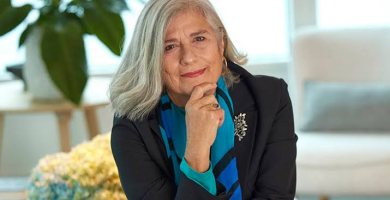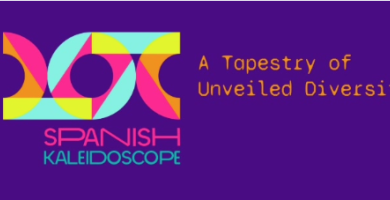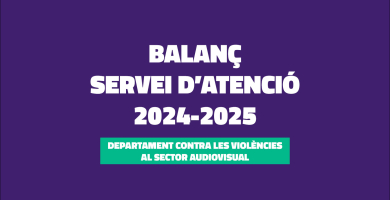
CHUS LÓPEZ: "The audiovisual social responsibility understands audiovisual as a transformation tool."
This month we interview Chus López, founding partner of CreaRSA and HR coordinator, as well as the institution’s promotion and communication director. We talk to him about Audiovisual Social Responsibility, about its work as an institution and about the Somos Audiovisual Responsable (We are Responsible Audiovisual) project that they have set up together with PAC and Catalunya Film Festivals.

What is CreaRSA and how did it arise?
We are devoted to creating audiovisual social responsibility. This concept understands audiovisual as a transformation tool to create social responsibility in any sphere. We arose as an association approximately eight years ago. In principle, there were three founding partners with a concern to transfer the whole setting of social responsibility and of the values of the social economy to the audiovisual part. We are people who come from the ESCAC and from the master’s degree in documentaries. Right from the beginning of CreaRSA, we decided that a great educational effort was required in audiovisual as regards practices, above all, of social responsibility and social economy. That is why we set up this project. Basically, we are devoted to making any kind of audiovisual and we also offer advice and training on matters of communication, always closely related to responsible marketing, responsible and inclusive communication, how to help institutions, whether from the social economy or from another economic ecosystem, in order to transmit their brand values or their intangible values to their project, to their institution and how to reach the specific target audience.
What is audiovisual social responsibility?
We understand it as a model of responsible management. This model is comprehensive and covers different aspects which may have an impact on your institution: from the very organization of the institution or the representation that each of the people who form part of it may have. Also as regards decision-making, for example. If this is done jointly, if each person has a vote and has their fair representation, ... Then, in the sphere of sustainability, whether we are really thinking about the environmental impact that we may have right from the beginning of the production design or of the audiovisual project that we are setting up. We need to ask: what environmental practices and what resources can we have? Which suppliers can we access to make our production more environmentally sustainable?
It is not only this, but also integrating a woman’s perspective. In the practical sphere, it is a question of thinking about quotas for women’s representation in senior positions of the institutions, but also about fair remuneration, representation, attracting female talent. There must really be a recruitment policy which reserves a fair percentage to hire women. It is also stipulated in the sphere of reforming working hours, of the uses that we make of time. Whether we truly take the work-life balance into account in these time uses, as this is a big problem in the audiovisual sector. It is a question of having a gradual impact on how we can have working hours which are as rational as possible, integrating a shooting plan in which time for lunch is really needed. And it should not recurrently be pizzas, but rather it can be a healthy meal. Within our institution we should have a space for healing, for emotional management, in which each of the people working feels that they are represented, can talk and has this space where they can be heard and understood. It can therefore improve their personal and professional horizons. The objectives of the institution will thus be even better.
We need to include the defence of human rights within the subjects of audiovisual projects. The inclusion of diversity, which is not talked about much and is not represented in the audiovisual sphere but which we experience in society: the diversity in LGTBI groups, with people from the black community… We have to try to include all this diversity and ask how we can manage teams which will be increasingly remote and diverse. We need protocols to manage this diversity, to ensure that it has a voice and that there really is smooth communication within the same institution. There must be fair operating practices. This means that everyone is paid according to the wages agreement. This is very important. In the end, in CreaRSA we are trying to promote this awareness-raising and social responsibility.
We are currently implementing this with the Somos Audiovisual Responsable campaign together with Marta Forn from the PAC and also with Marta Lladó from the Catalunya Film Festivals. We also have the support of Barcelona City Council. All three institutions form part of the Pact of Time, which is a tool that the City Council is using to rationalize working hours and improve our professional practices even more.
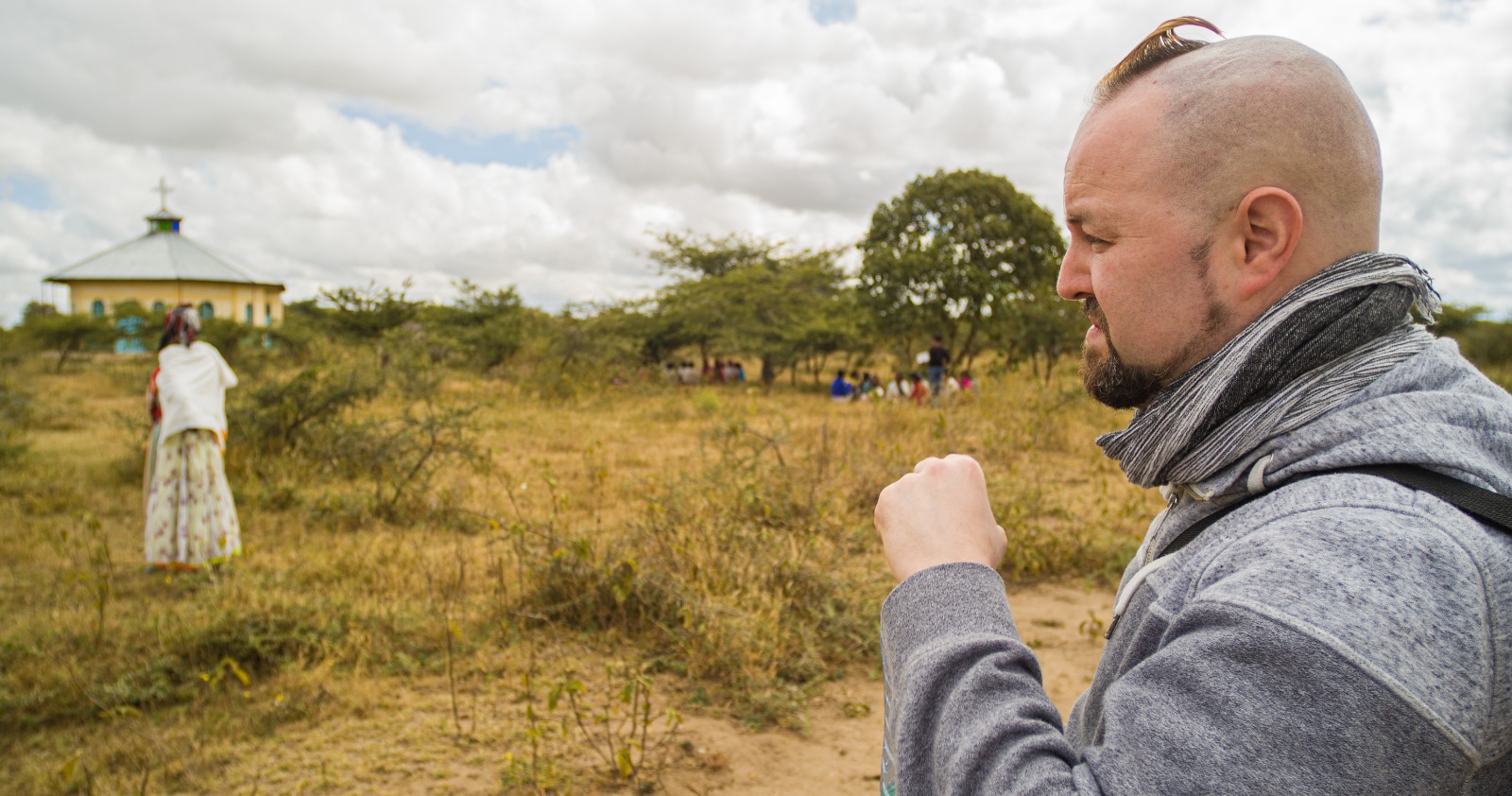
How did this Somos Audiovisual Responsable initiative arise?
Last year we presented a joint project with another institution which is called In Time, which also forms part of the Pact of Time, together with its reference person Xavier Peralta and also jointly with the Iniciativa por la Reforma Horaria (Initiative for the Reform of Working Hours) and its promotor Fabián Mohedano. There was a concern about the fact that there are time uses which were not being complied with in many sectors, even before the pandemic. It could be seen that there was a very big discrepancy between working hours, work-life balance, lifestyle, diet, sleep quality... We joined forces to do something in this respect. In Time and the Initiative brought this know-how that they have in relation to the whole subject of time uses and we brought all the social responsibility part that we were talking about before.
We designed a self-diagnosis tool which the audiovisual institutions can use to detect whether or not they really have good practices in this respect. If they do not, which we could find in the majority of cases, it is a question of encouraging them to implement them. We are not talking about concepts such as reforming working hours or social responsibility, which are very abstract, but rather there really are practical effects in this diagnosis tool which can help them to greatly improve their management and their productivity.
The tool was a joint project and was presented in the Palau Macaya. There we brought together a series of professionals from the sector to talk about the tool and what they thought about it and to debate it in order to complement it. A series of situations was observed: we realized that it was necessary to concentrate more on non-discrimination and to promote the recruitment of people with different abilities; that it was necessary to promote women in a completely masculinized sector, above all in positions of decision-making and responsibility; that it was necessary to encourage transparency more as regards income and distribution of remuneration on all occupational scales and categories and that it was necessary to avoid abuse of power and harassment practices, another important issue in the audiovisual sector. It was also necessary to promote cultural and social diversity and to have a commitment to more plural communication. A series of figures emerged which were quite revealing. 54% of the students training in audiovisual are women. Only 16% of Catalan film projects are led by women and only 26% of audiovisual production departments have a woman in charge. This figure is only 9% for positions which it is more difficult to access. Only 10% of films have a woman as the executive producer. We also realized that it was necessary to promote the healing space a great deal in audiovisual.
After reaching these conclusions, with PAC and Catalunya Film Festivals, two of the institutions present, we set up Somos Audiovisual Responsable, and also with the collaboration of the Iniciativa por la Reforma Horaria which has now changed its name and is called BCN Time Use. Now we are implementing a campaign on our social media on all these issues, in order to give the audiovisual institutions resources so that they can discover these ways of acting and can really apply them in the day-to-day activities of their audiovisual institution. The project in question is designed to be a dissemination campaign, which will have two sessions with professionals within two of the festivals which form part of Catalunya Film Festivals. These two sessions will be organized to work on these issues jointly with the professionals.
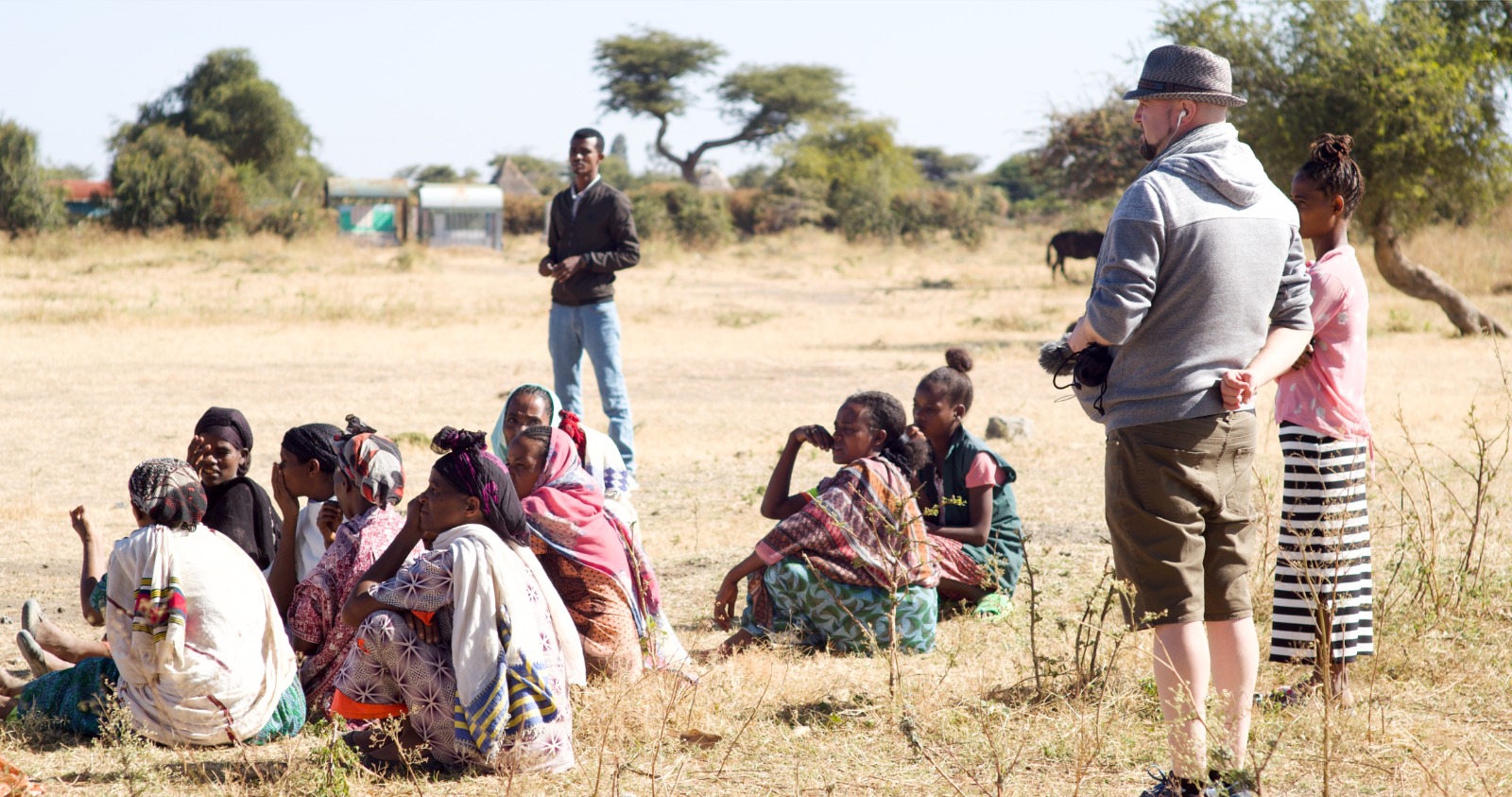
You talked about work-life balance, women’s inequality. Do you think that these are the main difficulties of the audiovisual sector when it comes to talking about Social Responsibility, the Reform of Working Hours and Time Uses? Despite the fact that they are a problem in the whole of society, maybe in audiovisual they are more affected by the working hours which exist on shoots, for example.
That’s right. The audiovisual sector, as a result of the last crisis, was already a very precarious sector in the sphere of time uses and remuneration issues. I believe that it is a cross-cutting issue but that in audiovisual it is exacerbated much more by our time uses, by how the productions are conceptualized and conceived in the sphere of shoots, of the workload that a person can take on or on the level of working hours. There shouldn’t be 14 or 15-hour working days, because this directly affects the end product and the work that we are creating. Apart from this, there is also growing precariousness as regards the remuneration which is being received for the work carried out. There is a standard according to which you work and are paid well in audiovisual, but many of us are below this and we do not even come close to these minimums.
Women’s representation really is a serious problem, but it is not the only one. Other practices need to be greatly enhanced. To start with, it is necessary to commit to hiring truly responsible, local suppliers. This pandemic has already given us a warning. This proximity means that the wealth that we are producing in the cultural and also economic sphere should be directly to the benefit of the territory where we are shooting. It does not make sense to bring in teams of foreign suppliers when in actual fact we are shooting in spaces which can benefit from our wealth.
Sustainability, the role of women and, as I already mentioned, time uses. These are three of the axes on which we are working and which were very urgent in order to begin to raise the awareness of the audiovisual sector. I believe that our initial objective is very modest, because the sector is very big and very diverse. First, for them to know what social responsibility is and where it comes from, that it can serve as a management model, but also that they have these practices which they can apply to their institution and which, directly in the short and long term, can have a direct impact on their management.
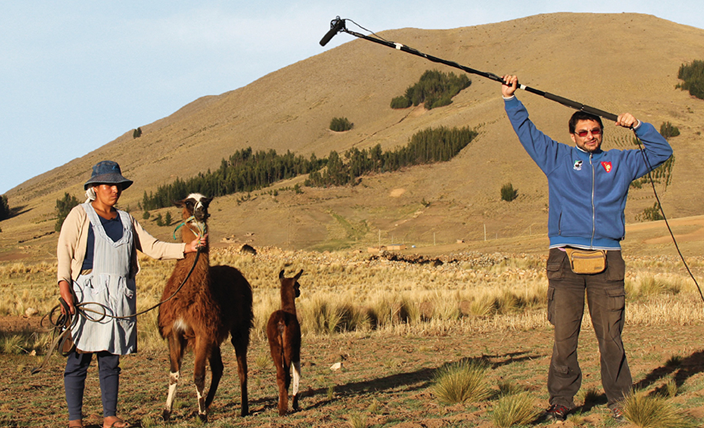
What can a company from the audiovisual sector do to take the first steps and promote these ideas of social responsibility?
It can awaken this responsibility or this feeling of doing things in another way. It can begin to apply its own policies within the institution in the sphere of organization, for example. Achieving a work-life balance can be a minimum time management gesture. Instead of convening a meeting at 6 o’clock in the evening, you can hold it at 4. This is already a small decision. Instead of all working in the same office, you can create hybrid management models of presence. You can give more space to teleworking. This is much more the case now with the problem of the Covid.
It is very important to prepare equality protocols and plans. Companies with more than 100 workers, and under the last law with more than 50, are obliged to prepare equality plans. They do not all do so. You can establish sexual harassment prevention protocols, and include inclusive communication in the institution. You can establish recruitment quotas, ensuring that women are hired, and introduce the concept of a green office. You can try to begin from your own sphere of work and then make a gradual change to incorporate more responsible suppliers who also have a responsible value chain. This is what can be done first and it is easy. It will not lead the producers, distributors and film exhibitors to throw their hands up in the air and say: “What on earth is this? I don’t know how to do it”.
If we are moving towards more sustainable models because the economy really is taking us toward that, it does not make sense to propose film production models which have a previous paradigm. It is not just us who are saying this; many of the productions being carried out by Netflix, which has a great many resources, are already integrating all of this. It is not, however, the same if I am an institution in my world and I have to present subsidies for such and such a day, and I have a project which is about to collapse and I don’t know whether I will be able to do it in the end. In this maelstrom, these practices can make you more effective and productive. It is a question of improving this management. It is not a sphere that I have to adhere to and incorporate because it is very distant. Because, if you incorporate it, you really will gradually improve in this daily management.
On 29 September you are organizing the conference 'The future of work time'. What does it consist of and what will we be able to see there?
It is an initiative of Barcelona City Council’s Pact of Time, which we have joined. A conference is held to present and reflect on the future challenges raised in the professional sphere. Within the Pact of Time, this conference also forms part of the week which will be held on time uses in the sphere of working hours in Barcelona. There is a leading group which is implementing it and which includes many of the institutions which form part of the Pact of Time. It is a question of establishing a point of debate in which there are different experts who will talk about the main concerns brought by this new situation of the Covid in the sphere of work. This is above all the case because the workload has increased a great deal. According to different studies, people are teleworking between two and three more hours a day. We will talk about the impact that this workload can have and how we see the future of work.
I would encourage all institutions to join the Pact of Time. Basically they have to contact its platform. They have an interview in which they detect which time uses they are implementing and which lines of improvement can benefit their institution. This can also be a first step for an institution which is not aware of what social responsibility can bring it.





